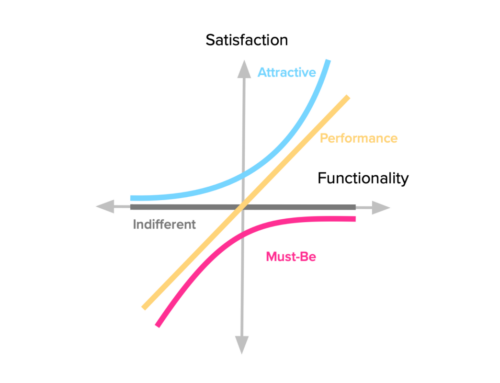
There’s a crucial reminder that often escapes us: “You are not the user.” There is nothing more important in your research than recruiting participants who truly represent the target audience.
Shattering Assumptions with User-Centric Recruitment
To truly craft exceptional user experiences, we must break free from bias and the limitations of our own perspectives. The user-centric imperative drives the essence of UX research, reminding us that our assumptions, preferences and behaviors may not align with those of the actual users.
Recruiting participants who reflect the true diversity of the target audience is paramount. This diversity encompasses factors such as age, gender, cultural background, technological proficiency, and more. Embracing this holistic approach ensures that the research captures a comprehensive range of user behaviors, preferences, and pain points.
Navigating the Art of Participant Recruitment
The art of participant recruitment involves strategy and precision. The first step is defining the criteria that characterize the target audience. These criteria serve as a compass, guiding the recruitment process and ensuring that participants are a true reflection of the user base.
Recruitment channels are diverse and may include methods such as online surveys, social media platforms, user forums, and professional networks. Careful consideration is given to selecting channels that resonate with the intended participants, maximizing the chances of reaching the right individuals.
Overcoming Bias
While the intention is to recruit diverse participants, unconscious biases can subtly influence the recruitment process. Our inherent preferences and assumptions can inadvertently lead to a skewed participant pool that doesn’t accurately represent the broader user base.
To overcome bias, researchers must adopt a mindful and self-aware approach to recruitment. Implementing strategies such as blind recruitment, where participant details that may reveal demographic information are concealed, can help mitigate unconscious biases and ensure a more authentic and unbiased participant selection.
Recruitment Challenges
One common challenge is the availability of suitable participants within a specific timeframe. Researchers may encounter difficulties in reaching a critical mass of participants who meet the desired criteria, leading to delays in research timelines.
Additionally, remote research settings can introduce challenges related to technology, communication, and cultural nuances. Ensuring that participants have the necessary tools and comfort to engage effectively in remote research is essential for gathering reliable insights.
User-Centered Design
The impact of thoughtful participant recruitment extends beyond the research phase, influencing the entire user-centered design process. A well-curated participant pool ensures that the insights garnered are not only relevant but also actionable, driving meaningful design decisions.
By recruiting participants who authentically embody the target audience, researchers lay the foundation for empathy-driven design. The insights gained from diverse perspectives empower designers to create solutions that resonate with users on a profound level, resulting in user experiences that are not only functional but also emotionally resonant.










